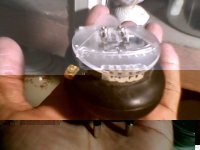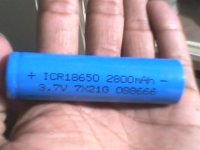numberonebikeslover
1 kW
Dear All!
An idea, which came to my mind after going through so many, I would like to share with all of you nice people and would like to know your kind feedback, if any, would highly be appreciated by the undersigned.
Availability of lithium ion technology is almost none, except for cell phones in this region of the world. So I came up with this idea shown in the following diagram / figure. All cells are without any BMS and series connected to source giving out 14.4 volts as output.
Desktop chargers (input 220 volt) are available in the market in abundance with very low price. These chargers are completely automatic regarding charging a lithium ion cell and shuts off charging as it gets full. In this diagram four of them are connected to all the batteries all times.
Could any one tell me how much practical and applicable is this scheme?
Sincerely Yours
Naeem
An idea, which came to my mind after going through so many, I would like to share with all of you nice people and would like to know your kind feedback, if any, would highly be appreciated by the undersigned.
Availability of lithium ion technology is almost none, except for cell phones in this region of the world. So I came up with this idea shown in the following diagram / figure. All cells are without any BMS and series connected to source giving out 14.4 volts as output.
Desktop chargers (input 220 volt) are available in the market in abundance with very low price. These chargers are completely automatic regarding charging a lithium ion cell and shuts off charging as it gets full. In this diagram four of them are connected to all the batteries all times.
Could any one tell me how much practical and applicable is this scheme?
Sincerely Yours
Naeem





